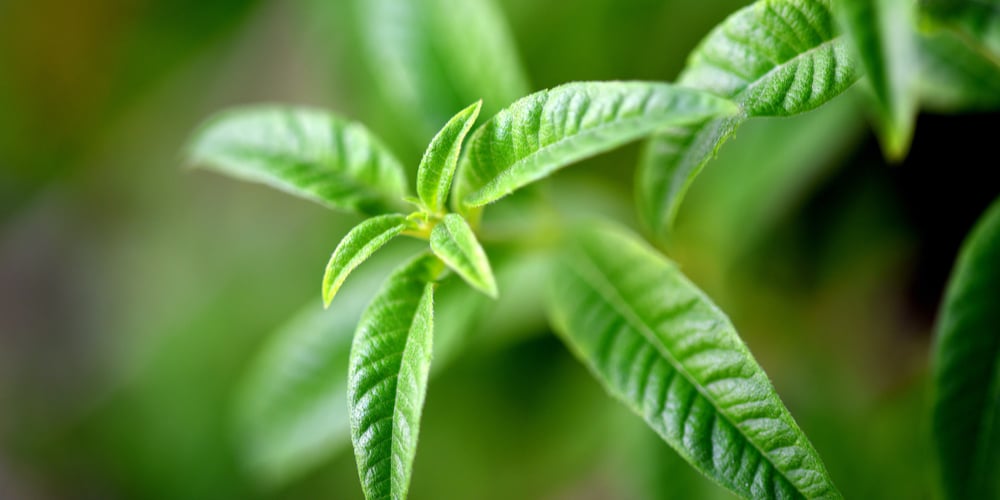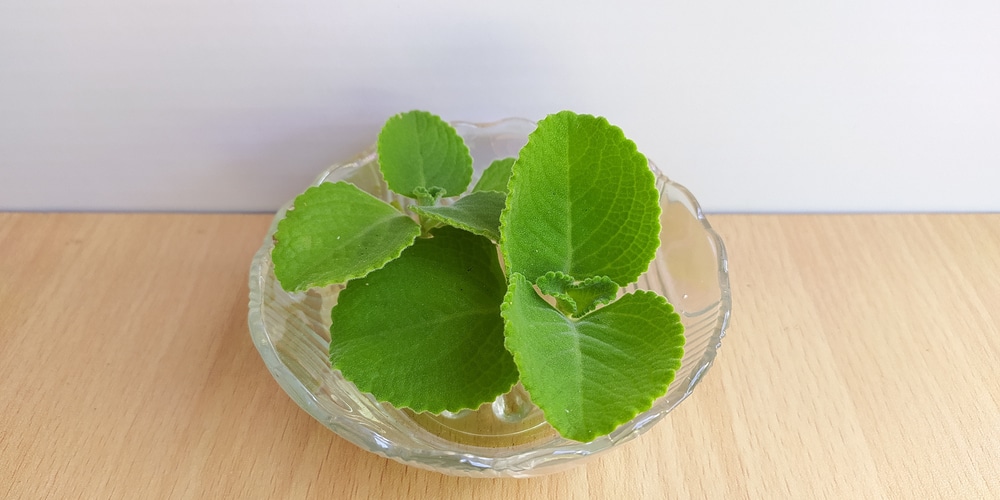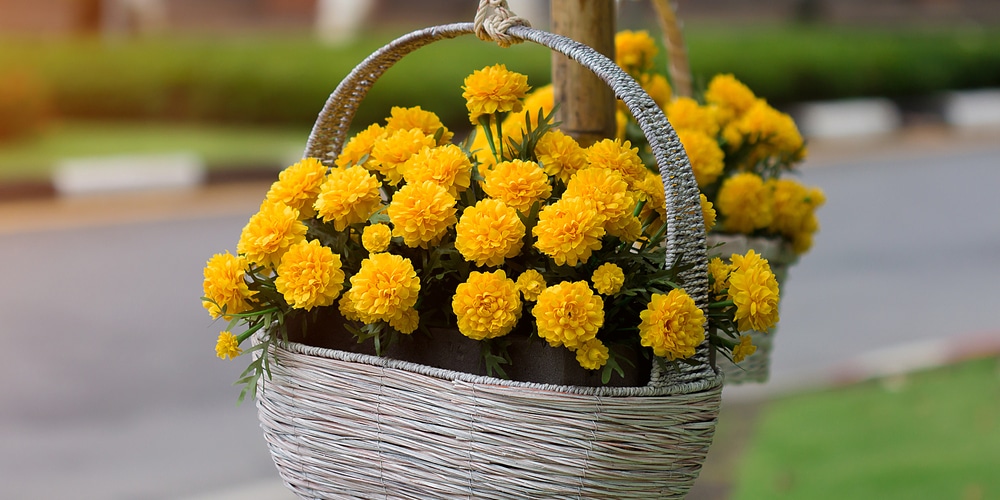Are you wondering what companion plants grow well with lemongrass? In this article, you will find an elaboration of what companion plants are, what lemongrass is, and what companion plants best thrive with lemongrass.
What Are Companion Plants?
Companion plants are those plants planted close together for mutual benefit. These benefits range from maximizing garden space, pest control, increasing productivity by providing nutrients, pollination, physical support, improving aesthetics, pesticides, and offering shelter.
Why lemongrass?
Lemongrass scientifically goes by the term Cymbopogon Citratus. It is a tropical plant with a strong, sweet taste and smell. Lemongrass is native to the SouthEast of Asia, where it thrives for various benefits such as;
- Medicinal properties like iron, calcium, and vitamin C. This helps treat neurological conditions, high blood pressure, and digestive ailments due to their antibacterial and antifungal properties.
- It adds a lemony scent to things such as soap and candles.
- It is used to flavor foods and drinks.
Lemongrass Companion Plants
Lemongrass herb loves the sun. It thrives in the full sun ( six hours of sunlight) and should therefore be planted together with plants that share this property. These include;
- Lemon Verbena
- Echinacea
- Thyme
- Mint
- Marigolds
Lemon Verbena
The lemon verbena is an aromatic herb that serves medicinal purposes, food and drinks flavoring, and aesthetics. Scientifically known as the Aloysia Citrodora, the herb native to Chile and Argentina, it is one of the best plants to companion lemongrass due to its fun-loving nature.
Furthermore, the two combine their lemon-fresh scent filling their surrounding. This scent also acts as a mosquito repellant that protects you from malaria, especially in the hot summers when you want the doors and windows open.
Echinacea
This purple coneflower is a herb native to America. For centuries, it has been used to treat various disease symptoms such as flue, inflammation, pain, and blood sugar levels. It is an excellent supplement to boosi=ting your immunity.
Besides the medicinal properties, the purple coneflower is a beauty to behold, which helps enhance the beauty and ambiance of any place where it grows. Lucky for lemongrass, the coneflower thrives best in the sun.
Thyme

Thyme is a medically approved Mediterranean herb with benefits ranging from medicinal properties, aesthetics, and pesticides. For as long as time can tell, thyme’s flowers, oils, and leaves have helped treat stomach aches, sore throats, diarrhea, and arthritis. This is because it contains antifungal and antibacterial properties.
The strong smell of thyme also acts as a great pesticide, especially the mosquito. Furthermore, like lemongrass, thyme thrives best in the sun. These similarities make the two very good neighbors as their needs align.
Mint
Mint comes in a variety of herb species from the family of Lamiaceae. Also known as Mentha, mint is mainly used as an aromatic herb or spice in small quantities. The various types of mint also offer medicinal properties such as treating Irritable Bowel Syndrome. Allergies and digestive issues. When planted with lemongrass, the mint thrives due to the similarities in seasons, such as the full sun.
Marigolds
One way a plant can be a companion plant, as we had mentioned earlier, is if it can help in pollination. The Marigold, also known as the Targeted Erecta, from the Asteraceae family, is a beautiful flower that primarily attracts different kinds of insects.
The Marigold is native to Mexico. It attracts bees. These bees, in turn, help in the transfer of pollen from the male flower to the female, hence facilitating pollination. The Marigold similarly attracts insects such as hoverflies, ladybugs, and wasps which help protect plants from harmful pests.
When planted together with Lemongrass, the Marigold ensures that lemongrass is free of pests all through the season. It produces a smell that harmful pests seem to detest. And since marigolds are known to withstand even the harshest sun, they last through the season, hence when planted as a companion plant, lemongrass thrives in the process.
Lemongrass Companion Plants: Conclusion
The above list shows a mutual relationship between the various plants, which helps them thrive when planted together. These are all plants with different medicinal properties, aesthetics, and ambiance.
Sources
https://www.webmd.com/diet/lemongrass-health-benefits
https://www.thesmartergardener.com/lemon-verbena-and-lemongrass/
https://www.healthline.com/nutrition/echinacea
https://www.medicalnewstoday.com/articles/266016#benefits
https://www.medicalnewstoday.com/articles/275944#nutrition




